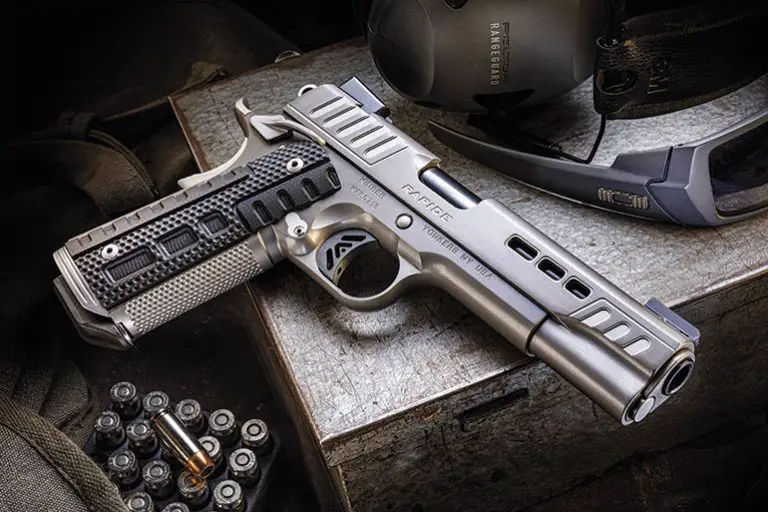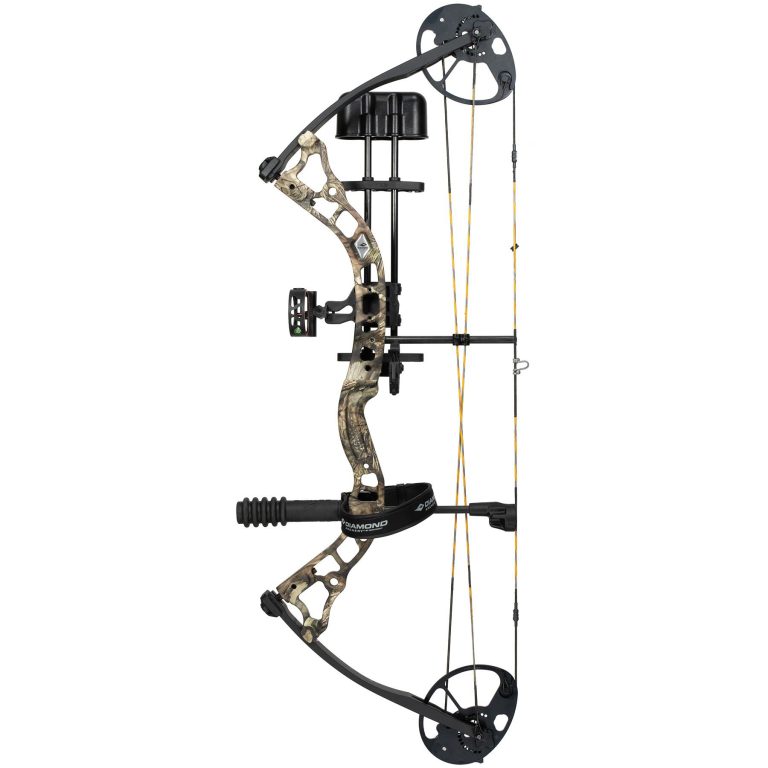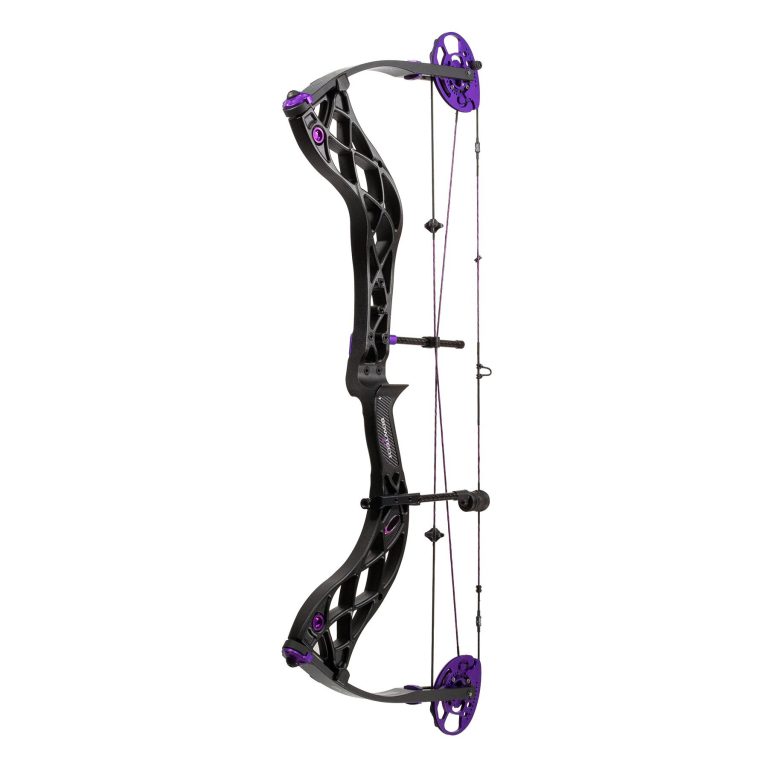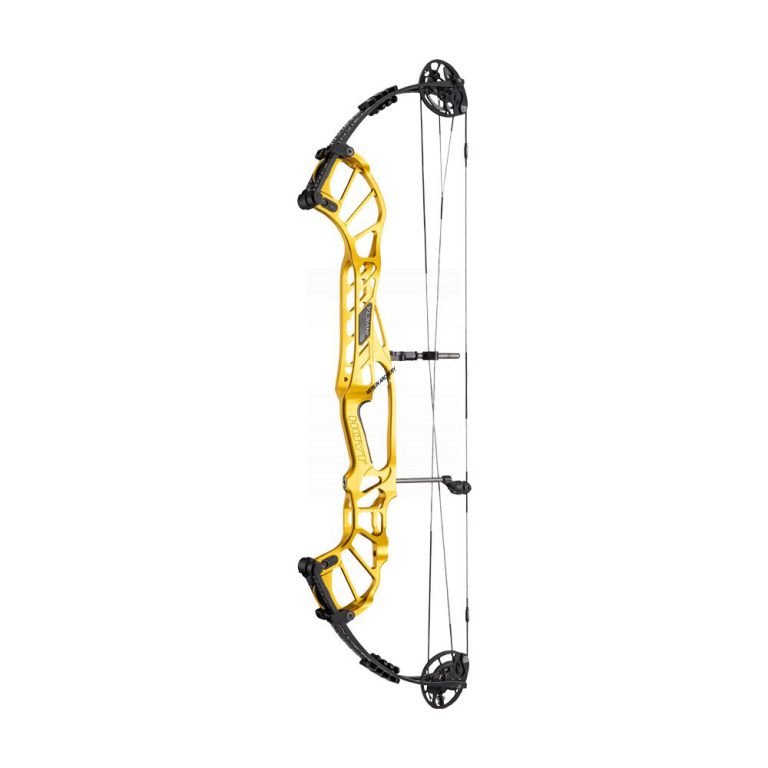Vented Vs Non Vented Broadheads
When it comes to choosing the right broadheads for your hunting arrows, there are many factors to consider. One important decision is whether to use vented or non-vented broadheads. Vented broadheads, as the name suggests, have small holes or vents in the blades, while non-vented broadheads have solid blades. Each type has its own advantages and disadvantages, and understanding these differences can help you make an informed choice that suits your hunting style and preferences. In this article, we will explore the key differences between vented and non-vented broadheads, their effects on arrow flight and penetration, and which situations each type is best suited for.
Vented vs Non Vented Broadheads
Vented and non vented broadheads are two types of arrowheads commonly used in archery and hunting. These broadheads differ in their design and construction, which can have a significant impact on their performance and effectiveness. In this article, we will explore the differences between vented and non vented broadheads and discuss their purpose, flight performance, penetration, wound channel, blood trail, accuracy, noise level, broadhead design, blade shape and number, weight, and durability.
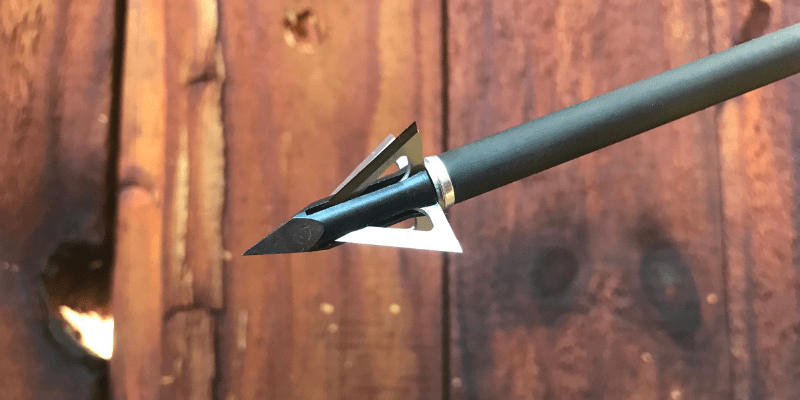
Definition of Vented and Non Vented Broadheads
Vented broadheads are arrowheads that feature small holes or vents on the ferrule or blade to allow air to pass through during flight. These vents are designed to reduce drag and improve the aerodynamic performance of the broadhead. On the other hand, non vented broadheads are arrowheads that do not have any holes or vents and have a solid construction.
Purpose and Function
Both vented and non vented broadheads are designed to penetrate and kill game animals effectively. However, they achieve this purpose through different mechanisms. Vented broadheads are designed to maximize flight performance by reducing drag and improving accuracy. The vented design allows air to pass through the broadhead, minimizing the effects of wind and stabilizing the arrow in flight. Non vented broadheads, on the other hand, prioritize penetration and cutting ability. The solid construction of non vented broadheads provides more mass and structural integrity, allowing for deeper penetration and more devastating wound channels.
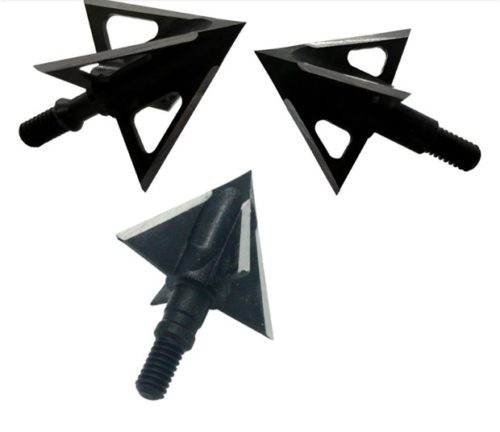
Flight Performance
When it comes to flight performance, vented broadheads have the advantage. The vents on vented broadheads reduce drag and turbulence, resulting in a more stable and accurate flight. The improved aerodynamics of vented broadheads allow for better long-range shooting and increased overall accuracy. Non vented broadheads, while still capable of flying accurately, may experience more drag and wind resistance, potentially affecting their flight trajectory.
Penetration
Penetration is a crucial factor in determining the effectiveness of a broadhead. Vented broadheads may have a slight disadvantage in terms of penetration compared to non vented broadheads. The vents in vented broadheads create openings that can potentially reduce the overall surface area and cutting diameter. This reduction in surface area can affect the broadhead’s ability to create a large wound channel and maximize tissue damage. Non vented broadheads, with their solid construction, are generally more efficient in penetrating game animals and causing lethal wounds.
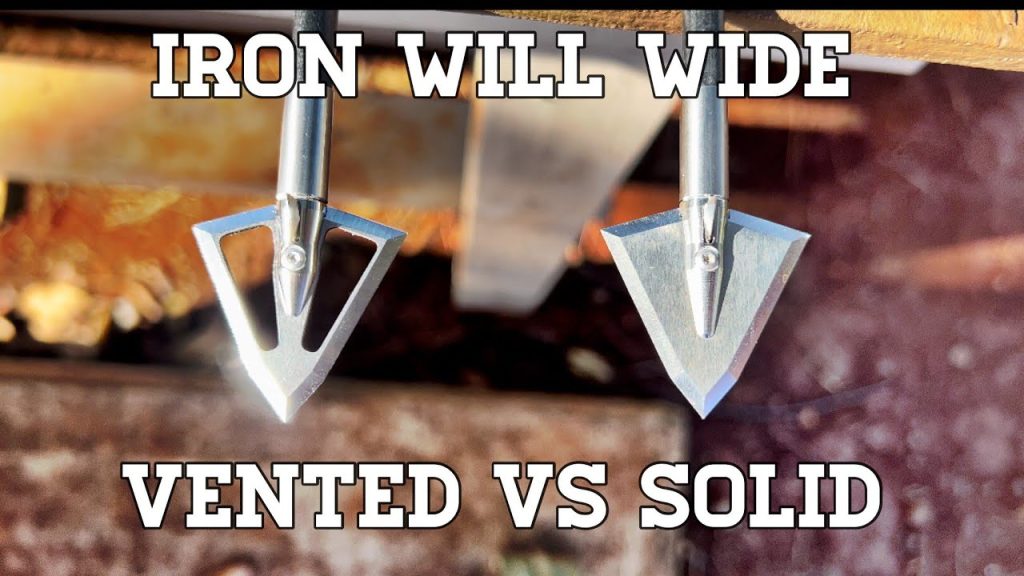
Wound Channel
The wound channel created by a broadhead is an important consideration for hunters. A wider and more substantial wound channel increases the chances of hitting vital organs and arteries, leading to a quicker and more humane kill. Non vented broadheads, with their solid construction and larger cutting diameters, tend to create wider wound channels compared to vented broadheads. The smaller cutting diameters of vented broadheads, due to the presence of vents, may result in narrower wound channels.
Blood Trail
A clear and well-defined blood trail is essential in tracking and recovering game animals. Non vented broadheads, with their larger cutting diameters and wider wound channels, have the potential to produce more blood and create a more visible blood trail. Vented broadheads, while still capable of producing sufficient blood trails, may not generate as much blood due to their smaller cutting diameters.

Accuracy
Accuracy is a crucial aspect of archery and hunting. Vented broadheads, with their improved flight performance and reduced drag, have the upper hand when it comes to accuracy. The vents on vented broadheads help stabilize the arrow in flight, allowing for more precise shooting and increased overall accuracy. Non vented broadheads, while still accurate, may be more affected by wind and other external factors due to their larger surface area and potential drag.
Noise Level
The noise level produced by a broadhead can be an important consideration for hunters. Vented broadheads, with their reduced drag and improved flight performance, tend to produce less noise compared to non vented broadheads. The vents on vented broadheads reduce the air resistance, resulting in a quieter release and potentially reducing the chances of spooking game animals. Non vented broadheads, with their larger surface area and potential drag, may produce more noise upon release.
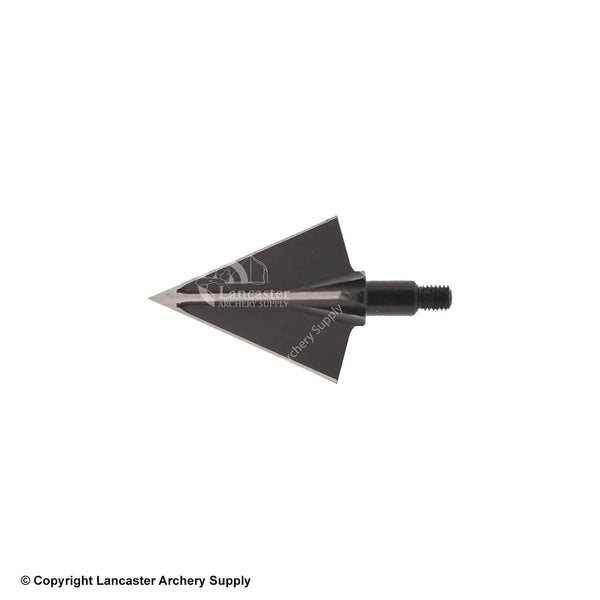
Broadhead Design
The design of a broadhead plays a crucial role in its performance and effectiveness. Vented broadheads have a unique design that incorporates small holes or vents on the ferrule or blade. These vents improve the aerodynamics of the broadhead, reducing drag and increasing flight performance. Non vented broadheads, on the other hand, have a solid construction without any vents, focusing on maximizing penetration and cutting ability.
Blade Shape and Number
The shape and number of blades on a broadhead can significantly impact its cutting ability and overall performance. Vented and non vented broadheads can come in various blade shapes, including fixed, mechanical, and hybrid designs. The number of blades can also vary, with options ranging from two blades to four blades or more. Both vented and non vented broadheads can be effective depending on the specific hunting conditions and personal preferences of the archer.
Weight
Broadhead weight is another crucial factor to consider when choosing between vented and non vented broadheads. Vented broadheads, with their vented design, tend to be lighter compared to non vented broadheads. The lighter weight of vented broadheads can potentially improve arrow speed and trajectory, allowing for better long-range shooting. Non vented broadheads, with their solid construction, may have a higher weight but can provide better penetration and cutting power due to the increased mass.
Durability
Durability is an important aspect to consider when selecting a broadhead. Both vented and non vented broadheads can vary in terms of durability depending on the specific brand and construction. Vented broadheads, with their vented design, may have additional weak points due to the presence of vents that could potentially get damaged or clogged. Non vented broadheads, with their solid construction, tend to be more durable and resilient against impacts and potential obstructions.
In conclusion, the choice between vented and non vented broadheads ultimately depends on personal preferences and specific hunting conditions. Vented broadheads excel in flight performance, accuracy, and noise reduction, making them ideal for long-range shooting. Non vented broadheads prioritize penetration and cutting ability, creating wider wound channels and potentially producing more substantial blood trails. Consider the advantages and disadvantages of each type when selecting the right broadhead for your archery or hunting needs.


